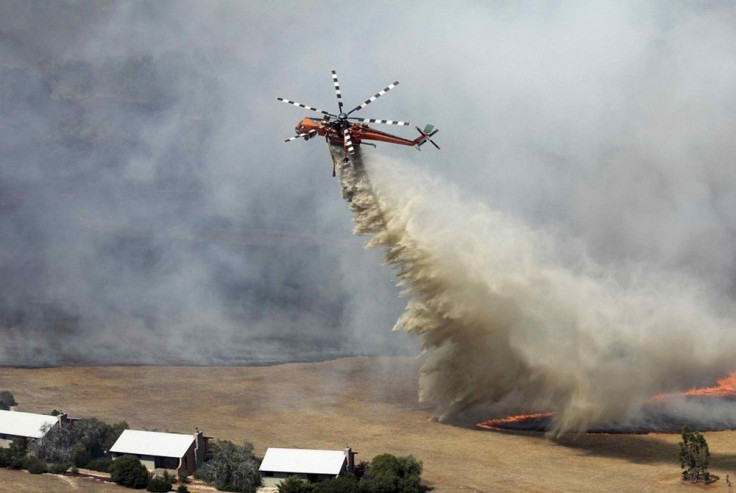Blue Mountains Bushfire in Australia Contained, But Authorities Warn Residents to Stay Alert

Several homes have been either damaged or destroyed by a bushfire threatening to burn out of control in Australia's Blue Mountains in New South Wales. According to reports, the fire burning in the outskirts of Katoomba came 12 months after more than 200 homes were destroyed in the last bushfire season.
Thunderstorms in the afternoon of Nov. 1 slowed down firefighting efforts and prevented the waterbombing aircraft from the scene. However, the thunderstorm failed to bring enough rain to contain the fire. Authorities have issued an emergency warning as the bushfire appears to be headed toward more homes. Residents who are threatened by the fire have temporarily stayed at the golf course in Katoomba.
Fire service inspector Ben Shepherd told ABC that residents along Cliff Drive are warned to remain indoors and check for spot fires outside from time to time. He said it is best to stay indoors since firefighters are working on bringing the fire under control.
Reports said other parts of NSW experienced wild storms which toppled trees and set a house on fire that kept emergency services personnel on their feet. The State Emergency Services has received more than 400 calls after the storms moved across Sydney over the weekend. According to Dave Buchtmann, a spokesman for the SES, the south Penrith area in Sydney was the hardest hit by the storms. More than 25,000 homes were without power in Sydney. NSW Fire and Rescue answered calls for help because of the damage caused by the storm like trees and powerlines falling down.
NSW authorities recently cautioned residents not to be complacent about the bushfire even if firefighters had contained the blaze on Nov 2. Officials warn locals to remain alert as the fire was just an early start to the bushfire season.
The Climate Council has previously predicted that the total economic cost of bushfires in NSW will be $37 million in 2014. Experts have also warned some areas in Australia were no longer inhabitable because of increased risk of fire. Fire and Rescue NSW Commissioner Greg Mullins told BBC that authorities prepare every summer for the worst-case scenario.





















